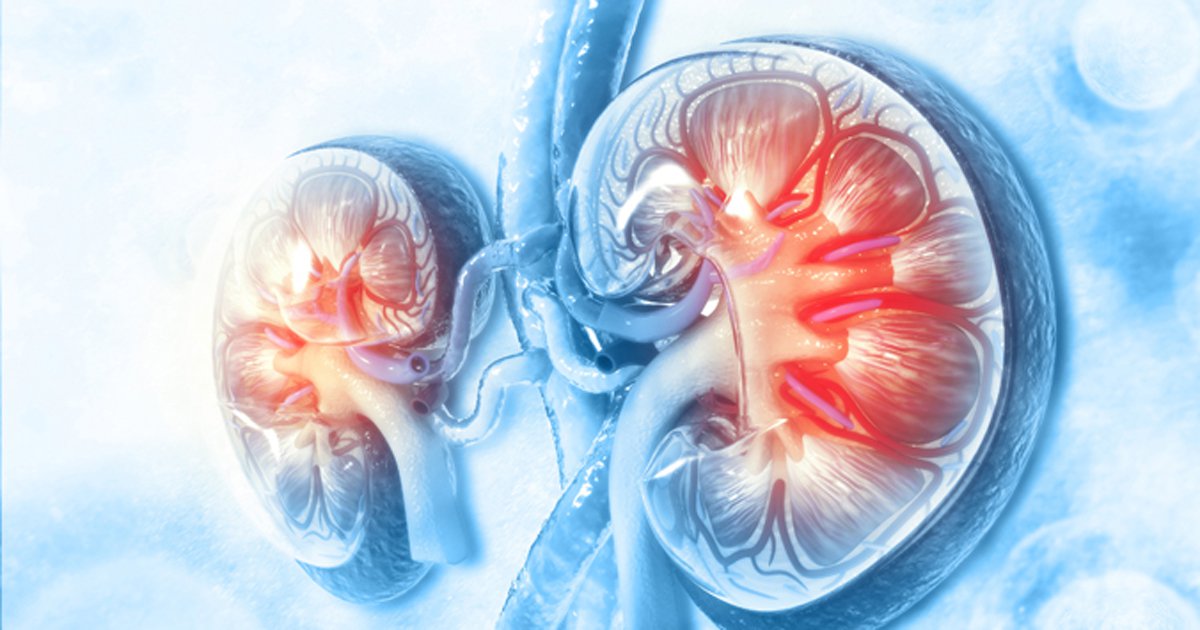Diabetes, increased HbA1c may identify inpatients at risk for rapid kidney function deterioration
Among adults with multiple hospital admissions, those with type 2 diabetes were more likely to have worsening renal function compared with those without diabetes, according to findings published in the Journal of Diabetes and its Complications.

“We found that the presence of diabetes and higher HbA1c levels were strongly and independently associated with adverse renal outcomes at follow-up,” Niloufar Torkamani, MD, PhD, FRACP, an endocrinology/general medicine physician at Austin Hospital and honorary research fellow at The University of Melbourne in Australia, and colleagues wrote. “Such patients are at high risk of relatively rapid deterioration in renal function and are a logical target for structured preventive interventions.”
Torkamani and colleagues conducted a prospective observational cohort study with 4,126 adults aged at least 54 years who made two or more visits to Austin Hospital in Melbourne, Australia from 2013 to 2016 (median age, approximately 77 years; 41% women). Participants had estimated glomerular filtration rates of more than 30 mL/min/1.73 m2 and “no prior history of renal replacement therapy” before study onset. The researchers analyzed data on HbA1c and eGFR from 465 days of median follow-up time.
Diabetes was diagnosed in 26% of the population. The researchers noted that stage 4 chronic kidney disease developed in 19% of those with diabetes and 13% of those without diabetes (P < .001).

An eGFR decrease of more than 50% was more likely to occur for participants with diabetes vs. without diabetes (OR = 1.42; 95% CI, 1.18-1.7). The researchers also noted a higher predicted adjusted probability for those with diabetes and an eGFR of at least 45 mL/min/1.73 m2 before study onset.
A “rapid decline in renal function,” which was characterized by an annual decrease in eGFR of more than 5 mL/min/1.73 m2, was more likely to occur for participants with vs. without diabetes (OR = 1.4; 95% CI, 1.2-1.63), particularly between the first and second year of follow-up, according to the researchers.
Ending the study at an eGFR of 30 mL/min/1.73 m2 was more likely for participants with diabetes compared with those without diabetes (OR = 1.25; 95% CI, 1.03-1.53). The researchers wrote that HbA1c at study onset did not affect the likelihood of ending at an eGFR of 30 mL/min/1.73 m2 but that it became 7% more likely that a 50% eGFR decrease would occur (OR = 1.07; 95% CI, 1.01-1.4) and 11% more likely that a “rapid decline” would occur (OR = 1.11; 95% CI, 1.05-1.18) with each HbA1c increase of 1% at baseline.
“Our findings imply that, in a population of general ward patients with multiple hospital admissions, the presence of diabetes and of an elevated HbA1c provide strong identifiers for increased risk of rapid renal functional deterioration over a period of slightly more than a year,” the researchers wrote. “Moreover, they imply that inpatients with diabetes are a high-risk population, which may represent an appropriate target group for trials of specific kidney protective interventions. Finally, in their aggregate, they imply that if such interventions were to be applied, they should target all patients with diabetes.” – by Phil Neuffer
Disclosures: The authors report no relevant financial disclosures.
